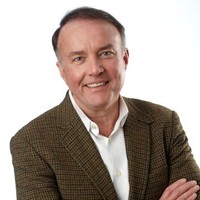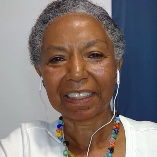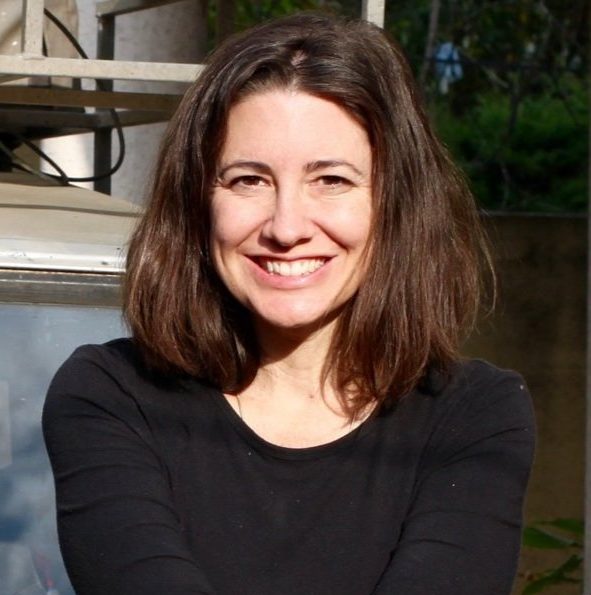
As the start of another school year approaches, academic library staff are reviewing much more than the collections. Not surprisingly, librarians today share concerns that go far beyond books on shelves. As before, the university library holds a central role on campus as a study space but there is great potential to be much more.
With enrollment increasingly diverse, librarians and administrators see responsibility for making that study space into a welcoming place, said professor emerita Jill Hurst-Wahl, former director of Syracuse University’s iSchool Public Libraries Institute, and Julie Edwards, an instructional designer for the Niche Academy, which trains librarians and administrators at campus and public libraries.
Hurst-Wahl and Edwards currently serve as antiracism auditors with Widerstand Consulting, which offers specific, institution-focused assessments to identify the most effective strategies for becoming antiracist. They spoke with me recently for a Velocity of Content podcast program from the Copyright Clearance Center.
Values and assumptions many hold about libraries and librarians can inadvertently become obstacles, Hurst-Wahl said. Professional ideals of neutrality and impartiality, for example, may have created a culture of silence that pressures students to hold back and not to speak about their experiences with racism in libraries.
“Academic libraries are now trying to make themselves more welcoming by trying to understand who comes into the library and how can that space be better for them,” Hurst-Wahl said. “People need to see themselves there. We see libraries being more mindful of having content that represents everyone on campus – maybe having content in multiple languages, and not just scholarly content.”
‘Maybe you’re not fine’
Clearly, making a library into a welcoming space involves much more than hanging a “Welcome” sign on the door. For librarians who think of themselves as “good librarians,” this effort is a significant undertaking, said Hurst-Wahl.

“Libraries want to say, ‘We serve everyone. We do everything. We’re welcoming,'” she said. “But if you ask students on campus or anyone who goes in the library, they will tell you it’s not all good, and they will tell you why they don’t find it a welcoming place. Which means that we’re not actually looking at what we’re doing as librarians.”
“We need to learn more about racism and about being antiracist,” Hurst-Wahl continued. “We need to have someone else look at what we’re doing. I really do advocate for having a third party, no matter who that third party is, look at what you’re doing because you’re going to say, ‘We’re fine,’ but maybe you’re not fine.”

Edwards, while a professor at the University of Montana’s Mansfield Library (the state’s leading research library), chaired the committee to write the first diversity plan for the facility. “The chair of the faculty library committee then was Tobin Miller Shearer, who is the founder of Widerstand. He said to me, ‘This is a great plan. What’s the purpose of it?’ And I said, ‘The purpose of it is because diversity is a good thing,'” Edwards said. “He said, ‘No, the purpose is because people have been systemically excluded from libraries, so you need a plan to address that.’ It was like all the light bulbs went on.”
“In Montana, our community is made up of 12 Native American nations,” Edwards continued. “That’s who we serve here. Librarians really need to look at who their communities are and figure out what they need and how to speak to them. Part of that comes from forming relationships with those communities—and by relationships, I mean relationships, not reaching out and asking them to do the work.”
Don’t be afraid of mistakes
For Edwards, another “light bulb moment” came with her recognition that it’s critical to speak in a common language, particularly when defining “systemic racism” in a professional setting.
More from UB: Can new wave of college presidents last 5 years or more in the job?
“Librarians of color and white librarians are not necessarily going to come to that word [racism] in the same way,” Edwards said. “It’s not the work we necessarily want to be doing because it’s not the front-facing work. But that foundation needs to be laid before you do anything front-facing for your students.”
“Take whatever small steps you can,” she added, cautioning against any “analysis paralysis” that can hinder progress. “You’re going to make a mistake, and that’s OK. You can correct from that point but don’t avoid action because you’re afraid of mistakes.”
Christopher Kenneally is the senior director of content marketing at Copyright Clearance Center, where he develops content and programming covering the information industry and rights management. He hosts and produces the company’s weekly Velocity of Content podcast.






